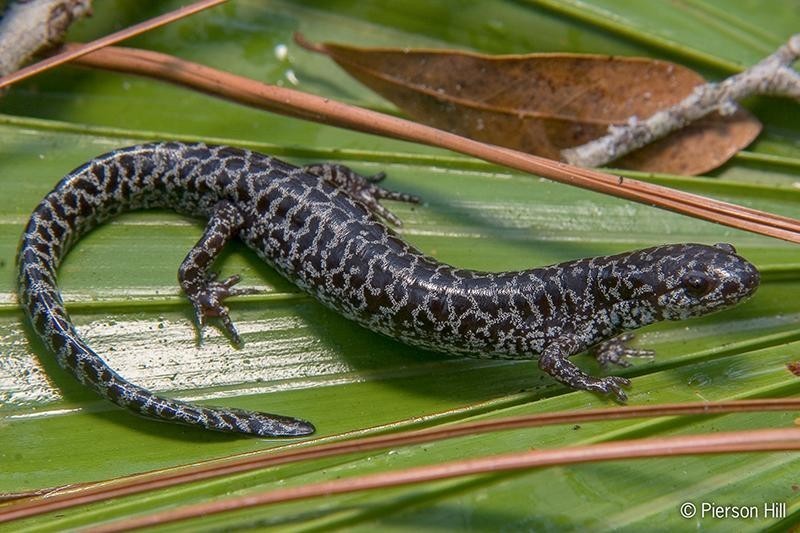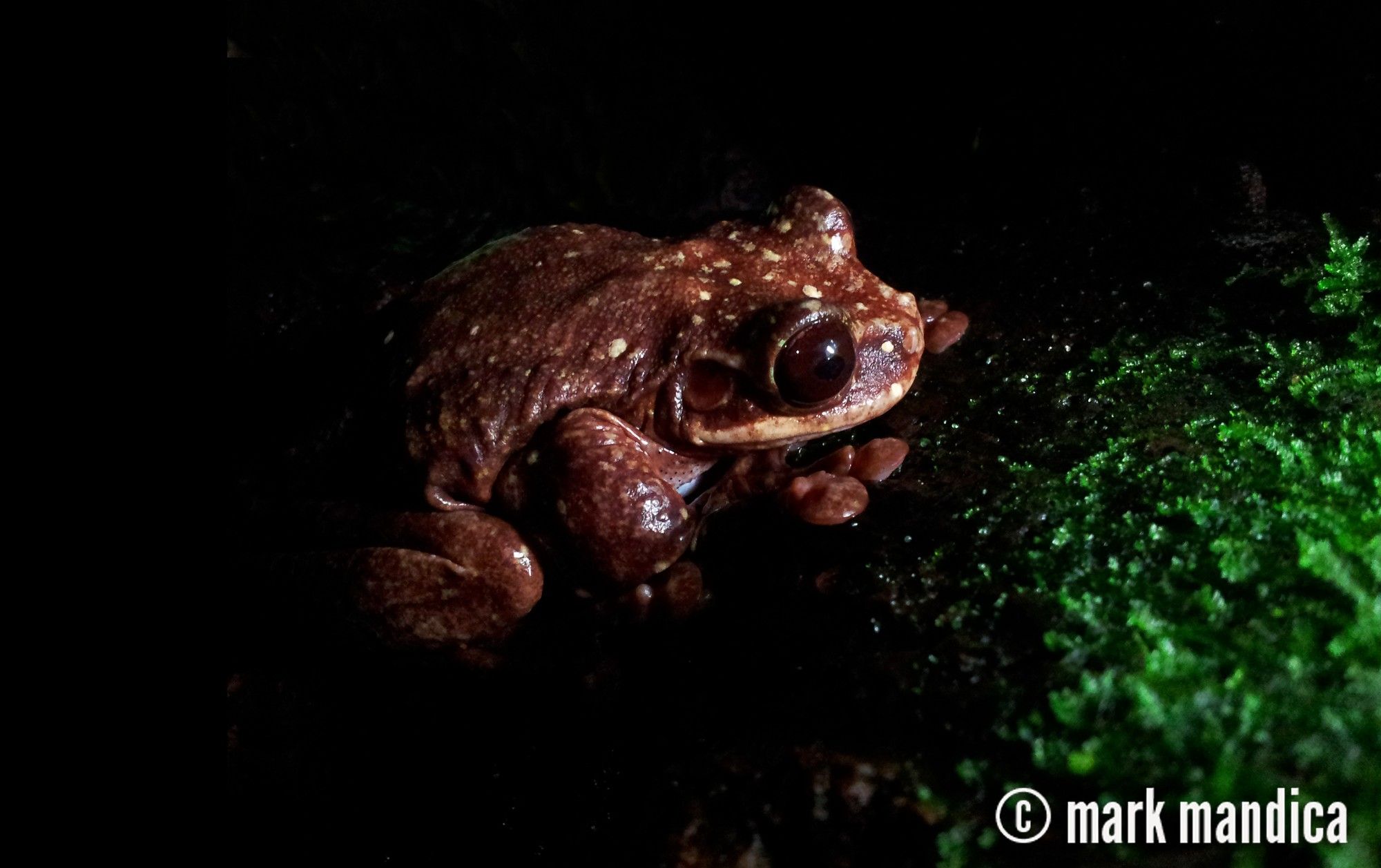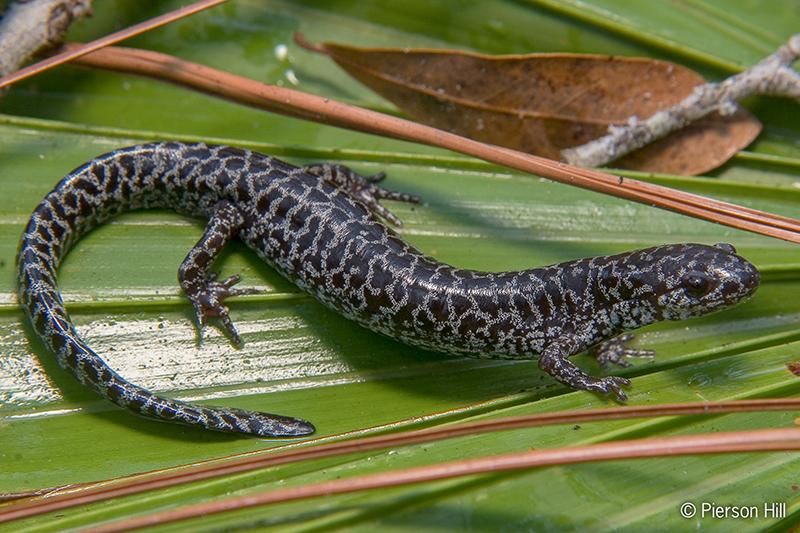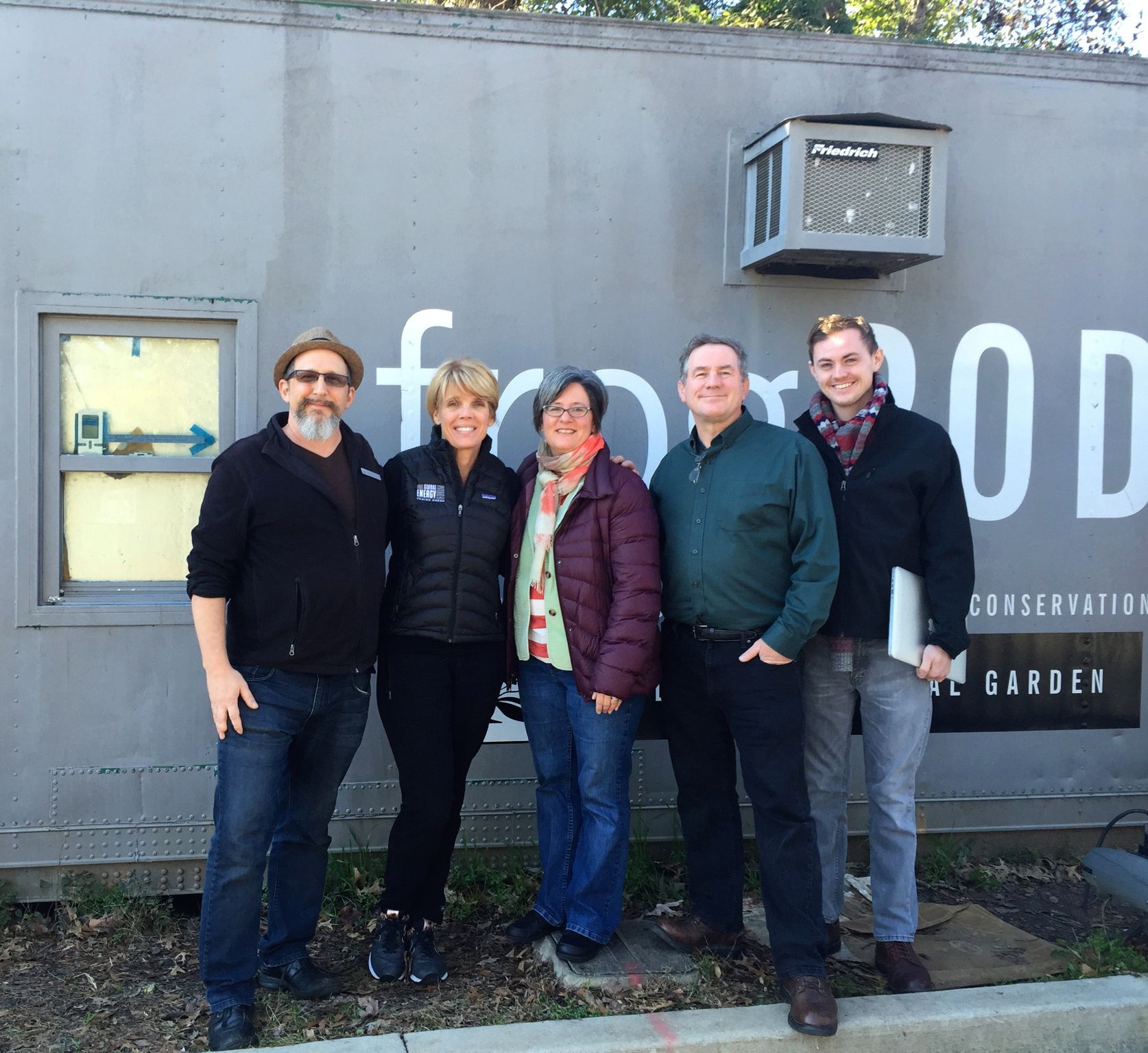
Amphibian Conservation Is Hopping in Atlanta, Hoping to Stave Off Global Mass Extinction

What if I told you there was an entire underground world below you right now? The frogs you may see in your backyard are a tiny portion of the amphibian world surrounding you.
According to Mark Mandica, amphibian conservation coordinator at the Atlanta Botanical Garden (ABG), “If you weighed all the spotted salamanders they’d weigh more than all the mammals and birds combined in a healthy ecosystem.” Some salamanders on average live 50-51 weeks underground, until they emerge for their breeding season. Frogs and salamanders come in many shapes, sizes and colors and are critically important to ecosystems around the world.

Unfortunately, amphibians are dying off in huge numbers in a global mass extinction. Reasons are varied, but chief among them are habitat loss and the chytrid fungi. In the mid-90’s, then amphibian conservation coordinator of ABG, Ron Gagliardo, started what is now one of the oldest amphibian conservation programs in the U.S. He and several botanists started working with frogs as a way to illustrate plant and animal relationships at the garden. From there the program gained momentum and started safeguarding rare amphibians.
Their work reached a crisis level in 2005 when the chytrid fungus was sweeping through South and Central America. Gagliardo from ABG and Joe Mendelson, director of Herpetological Research at Zoo Atlanta, swooped in urgently ahead of the fungus and collected as many frogs as possible. After the collection, that same year the fungus killed up to 85 percent of amphibians in the region.
Famed National Geographic photographer and creator of the Photo Ark, Joel Sartore, likened this to rescuing precious items from a burning house. Thank goodness they did because the frogPOD at ABG is now home to some of the world’s rarest frogs. Shortly after Gagliardo and Sartore returned from their rescue mission I took my three young children to observe the magnificent menagerie. Laura Elizabeth, my then 9 year-old daughter was truly moved. She befriended Gagliardo and Sartore and wrote a children’s book with their help, Our Friends the Frogs. It was important to her to educate others on the tragic plight of the amphibians and offer pointers on how anyone can help. Laura Elizabeth is now 18 and, sadly, the crisis still looms large.

The Atlanta Zoo and ABG’s conservation programs are centered around Captive Assurance Colonies which are collections of endangered animals kept safely in captivity and bred with the hope they may one day be returned to the wild. For some like Toughie, the last Rabbs’ Fringe-limbed Tree Frog known in existence, this will probably never be a reality. For other species at the frogPOD there is hope, but currently it is still not safe to re-release.
The chytrid fungus still remains in the area, with no known method of eradication and growing in lethality. According to Mandica, “The more out of balance an ecosystem, the more lethal the disease can become.” Prof. Tyrone Hayes, UC Berkeley, released a study in 2006 positing agricultural chemical drift and specifically the most popular herbicide worldwide, atrazine, is compounding the problem. Amphibians exposed to common pesticide mixtures suffer suppressed immune systems, making them more susceptible to the chytrid fungus, among other disorders.
In the U.S. and specifically Georgia, amphibians are becoming increasingly endangered from habitat loss. Georgia is second behind North Carolina for the largest number of amphibian species. For eight years ABG has collaborated with Zoo Atlanta, the University of Georgia and Georgia Department of Natural Resources on a head-start program for their rarest frog, the Gopher Frog. They collect eggs every year, raise the tadpoles up through metamorphosis and release the baby frogs in protected habitats in South Georgia. Their habitat, the longleaf pine ecosystem, has been reduced by 97 percent. Other animals adversely affected by this reduction are the Gopher Tortoise, Indigo Snake and Mandica‘s favorite, the Flatwoods Salamander.

The Flatwoods Salamander is a peculiar species that has never been kept successfully in captivity. But Mandica and his team are trying to change that. They currently have three adult salamanders which they collected and raised from larvae last year. This season, they acquired 15 more as recently metamorphosed baby salamanders. Flatwoods Salamanders live underground until they emerge to return to the same small pond they were born in to breed. They have not been detected in South Carolina for six years, very few last year in Georgia and none this year. Fortunately a broad coalition is working to restore their habitat. ABG’s plant and amphibian conservation efforts have targeted this endangered ecosystem and partnered with the U.S. Fish and Wildlife Service, U.S. Geological Survey, San Antonio Zoo, University of Missouri, Virginia Tech, Florida Fish and Wildlife Conservation Commission and others.

Conserving amphibians is important for many reasons. Here in the South, we should be especially grateful for their voracious bug consumption and even better, spotted salamanders are mosquito eating experts! Mandica says a mere 1,000 amphibians can eat five million bugs a year! Due to amphibian’s highly sensitive skin they are the first to show imbalances in the ecosystem. At ABG frogs can only be sprayed with filtered “frog water” because if common, highly-treated tap water were used, they would all die. There are some very important lessons there! Amphibians are also a critical part of the food chain as popular prey and bug-eating predator. To humans, amphibians can have big health implications. For example, a pharmaceutical study revealed a compound in the skin of the endangered Phantasmal Poison Frog is 200 times more effective than morphine and non-addictive.
Locals and out-of-town visitors alike can learn more about amphibian conservation from exhibits in the ABG conservatory every day at 11 a.m. They can also join Mandica‘s hugely popular Metro Atlanta Amphibian Monitoring Program. He gives workshops on how to identify and monitor frogs and salamanders in your backyard. On the website, maamp.us, Mandica has information, call recordings and pictures of each life stage of all 28 species we have in Atlanta. Outside the Southeast, you can visit AmphibianArk.org to learn more about amphibian conservation.

 233k
233k  41k
41k  Subscribe
Subscribe 